In our latest issue, Reframing History, we speak with Patrick Waterhouse about his project collaborating…


In our latest issue, Reframing History, we speak with Patrick Waterhouse about his project collaborating…
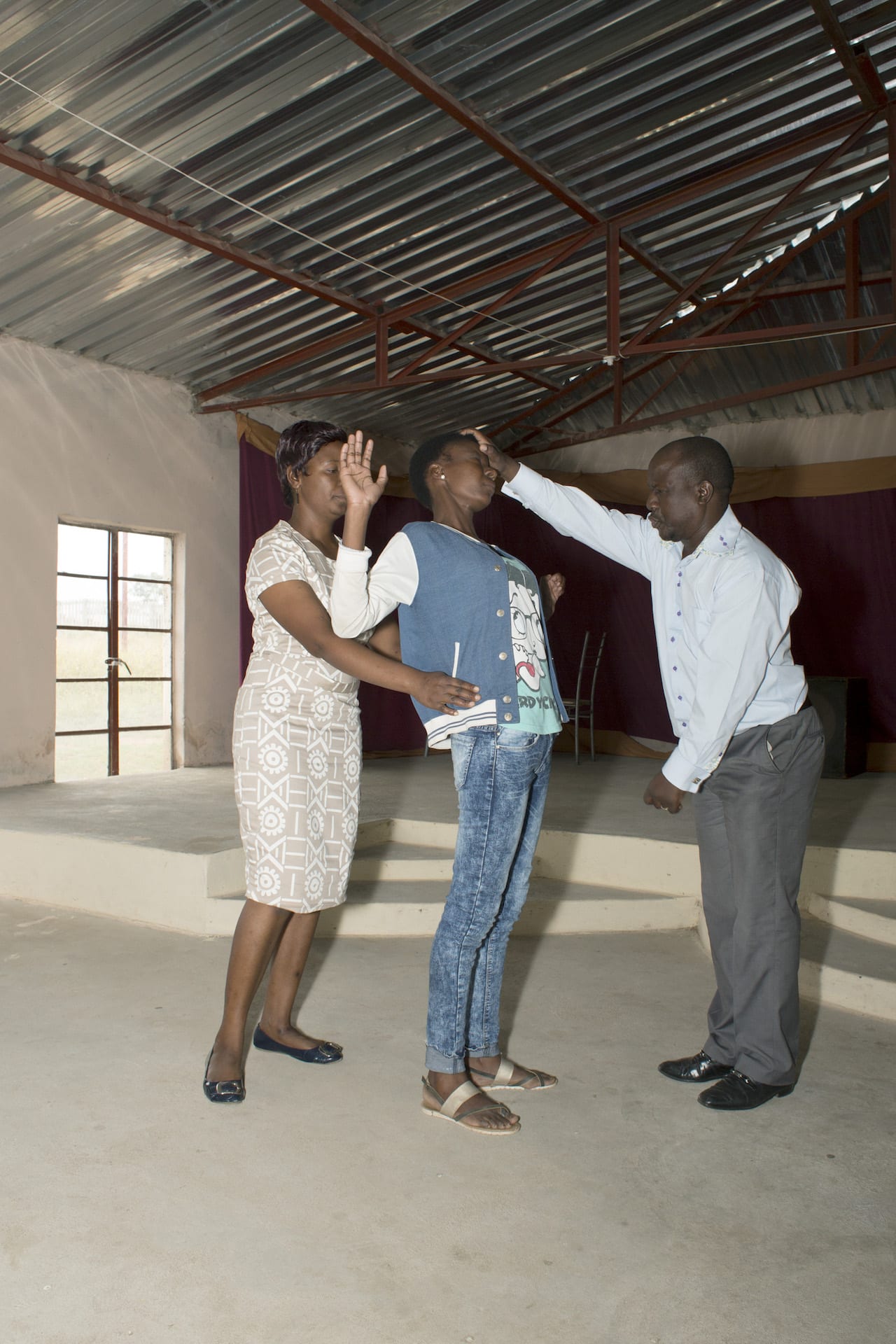
“South Africa is a deeply religious country,” says Giya Makondo-Wills, whose work-in-progress, They Came From the Water While the World Watched, maps out the interplay between Christianity and ancestral religion in the region. With four trips to the country under her belt so far, the 23-year old has travelled as much into the past as in the present, tracing the indelible repercussions of 19th-century European migration as they resonate through South African culture today.
Makondo-Wills, who is British-South African, became interested in her African grandmother’s faith while shooting another project. “She’s very Orthodox Christian but she also still practises ancestral religion, and that’s a core part of who she is. She prays to a God and the gods,” the photographer explains.
This duality got her thinking about the intersections of belief systems and how they were brought into contact. How did Christianity become so influential? How does it co-exist with indigenous religions? Building on her interests in race and identity, these questions soon elicited many others, spawning a long-term project that has carried her from a BA to an MA at the University of South Wales.
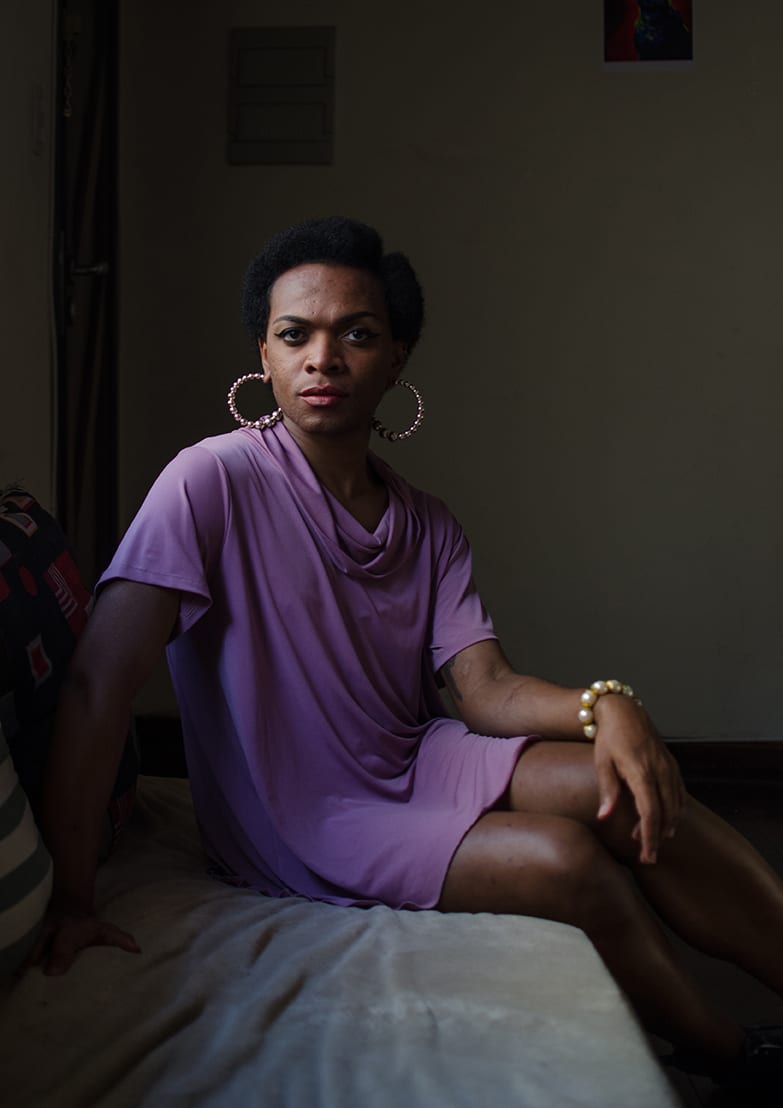
The life expectancy of transgender women in Brazil is just 35 years old. They are…
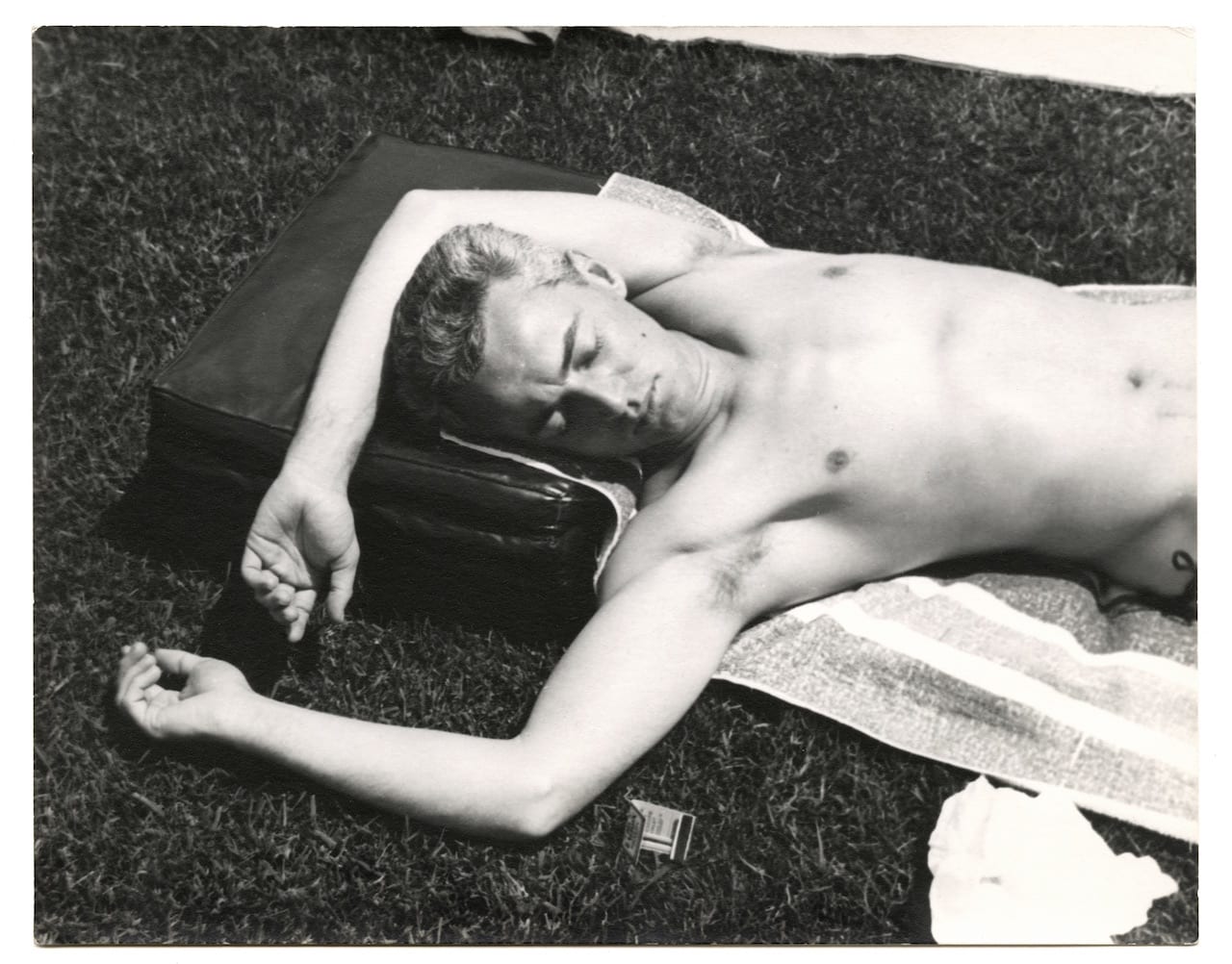
“From the 1890s through to just after the Second World War, modern artist couples forged new ways of making art and of living and loving,” Jane Alison, head of visual arts at London’s Barbican, says. She’s putting the final touches to Modern Couples: Art, Intimacy and the Avant-garde – a mammoth endeavour that examines how the work of individual artists and writers was shaped by the relationships they embarked on with each other.
The show spans painting, sculpture, literature, dance, music, architecture and photography, and includes ephemera such as personal photographs and love letters alongside artworks. It’s also far from a cursory look at the history of art’s favourite romantic pairings. The likes of Virginia Woolf and Vita Sackville-West, or Frida Kahlo and Diego Rivera, have their part to play here, but so do lesser-known affiliations, from Claude Cahun and Marcel Moore to George Platt Lynes, Monroe Wheeler and Glenway Wescott, whose enduring ménage à trois turned their travels around Europe into an intensely fruitful creative experience.
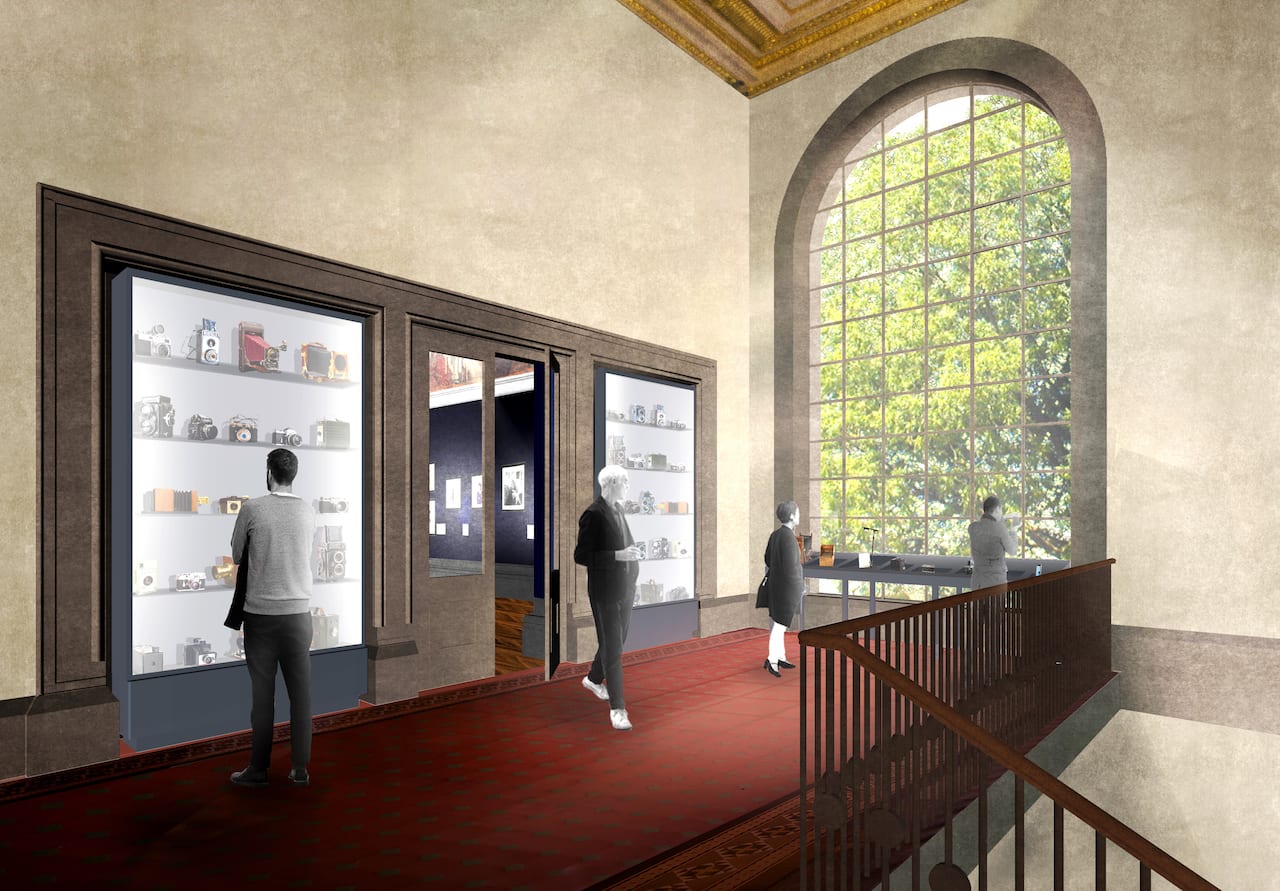
Those who have had the pleasure of ambling along the corridors of the 17th-century building at the heart of the museum district in Kensington, London, will recall the Victoria and Albert Museum’s high ceilings and impressive galleries, with polished floors and walls adorned with historical oil canvases, all connected by staircases embellished with intricate mosaics.
Climbing one such stairwell in a far corner of the building, you surface to face two tall, fudge-brown doors with shiny handles. The pair of robust glass cabinets framing these doors are currently empty, but will soon be packed with some 300 cameras and image-making devices. To one side, a long wooden table will be laden with models of some of the first cameras – a large format perched on a tripod, a Rolleiflex, a camera obscura and 35mm camera. Visitors will be invited to play around and put themselves in the shoes of the photographers who used these devices, pausing to peek through the lenses and take note of this new way of looking and constructing an image of the world on the other side. It is a sculptural array of the golden age of photography, the grand entrance to the new photography centre, opening its first phase to the public on 12 October.
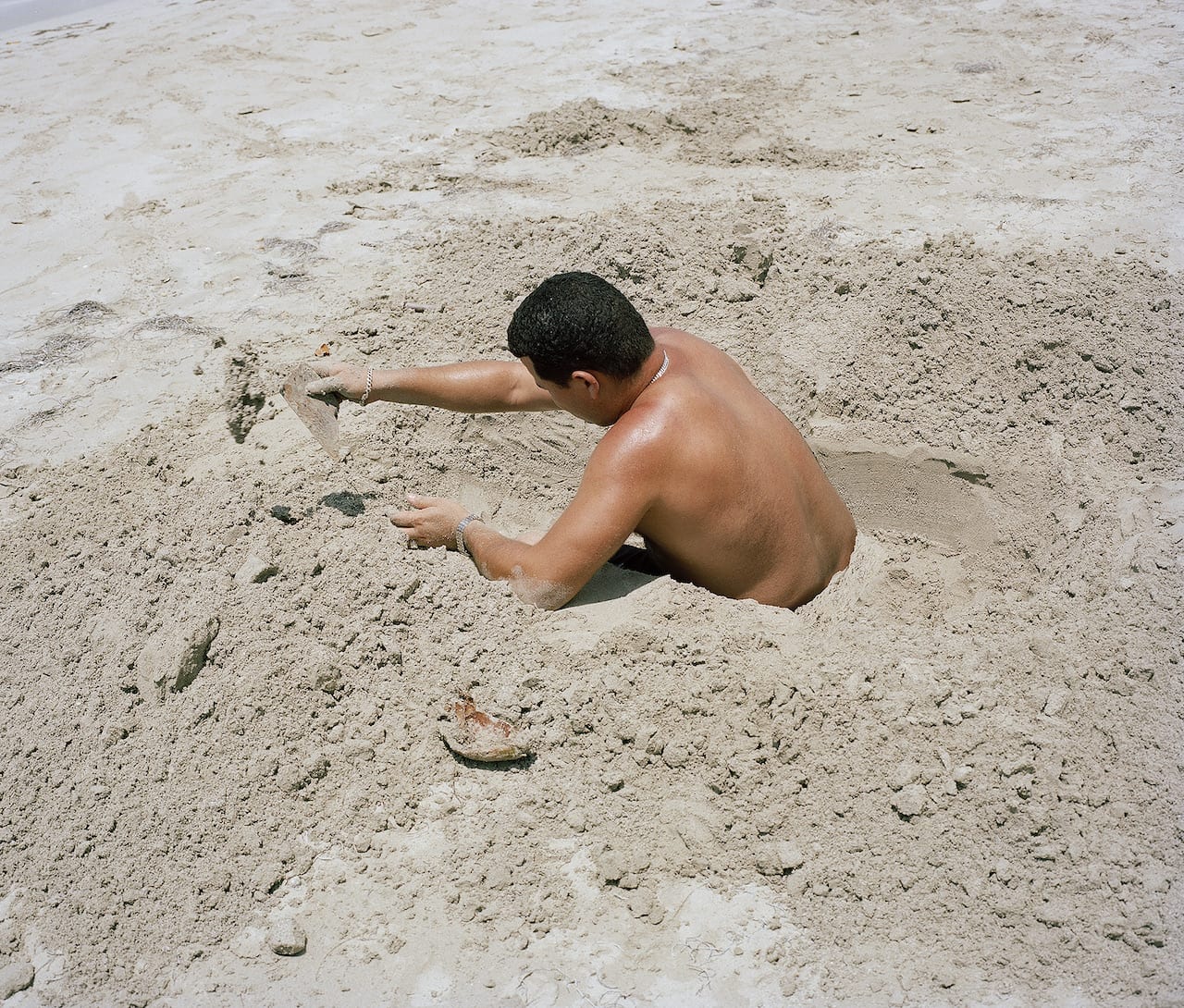
Rose Marie Cromwell went beyond the cliches to build an expressionistic homage to the Cuba she knows and loves. “I wanted to make images that investigated my complicated relationship to this specific place, rather than trying to document something ‘about’ Cuba,” she says.
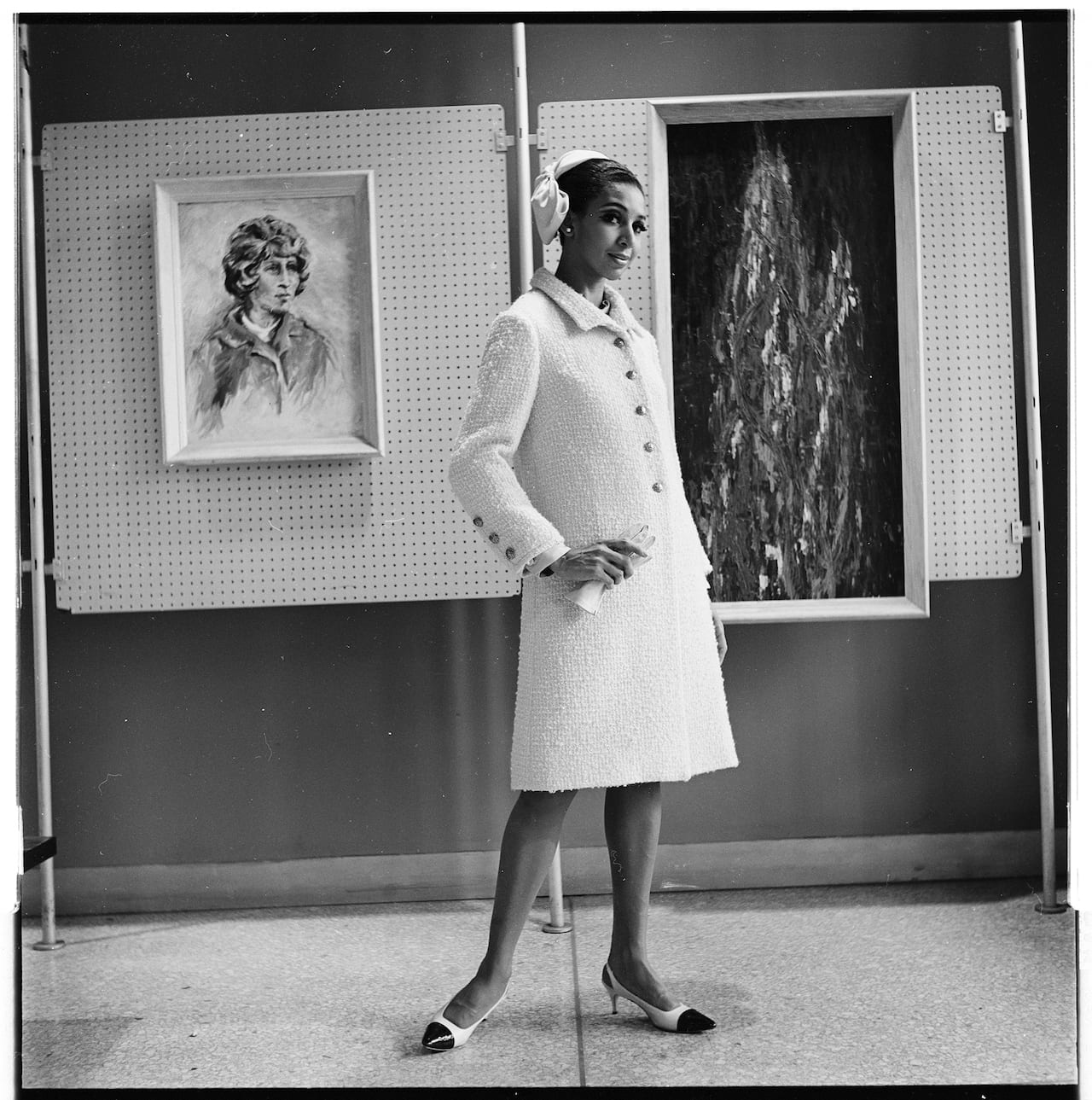
“There were things happening in black America that lend themselves to the conversation in Italy in a way that perhaps people never would have imagined,” says Theaster Gates, a social practice artist and curator of a new exhibition,The Black Image Corporation, dedicated to exploring the legacy of the Johnson Publishing Company archive and its two acclaimed magazines, Ebony and Jet.
Presented at the Fondazione Prada from 20 September to 14 January, the exhibition gathers photographs from the company’s extensive archive of more than four million images, focusing primarily on the work of two photographers – Moneta Sleet Jr and Isaac Sutton. “When the Prada Foundation invites you to do a project, you know there’s already this big and ambitious living legacy; and so it felt really amazing to then put the Johnson Publishing Company in the context of this other fashion family,” explains Gates.

It is difficult to unravel, in many of the stories that Max Pinckers tells, where fiction became unstuck from fact. Or how the characters in his photographs can look back out at the world so boldly, shake their heads at reality as most people see it, and tell stories that fly in its face. But for the Brussels-based photographer, the six curious individuals in his latest book, Margins of Excess – including a boy who compulsively hijacks trains, and a private detective with prosthetic hands – lead the way to understanding documentary photography’s role in the ‘post-truth’ era.
One such character, an American amateur inventor with a mane of silken hair, sat at the kitchen table of his home in Dunnellon, Florida and told Pinckers that he believed he had become the media’s new Osama bin Laden. “My name is Richard Heene. A few years ago I got into a bit of trouble,” said the forty-something showman, detailing the events that led him to end up behind bars.
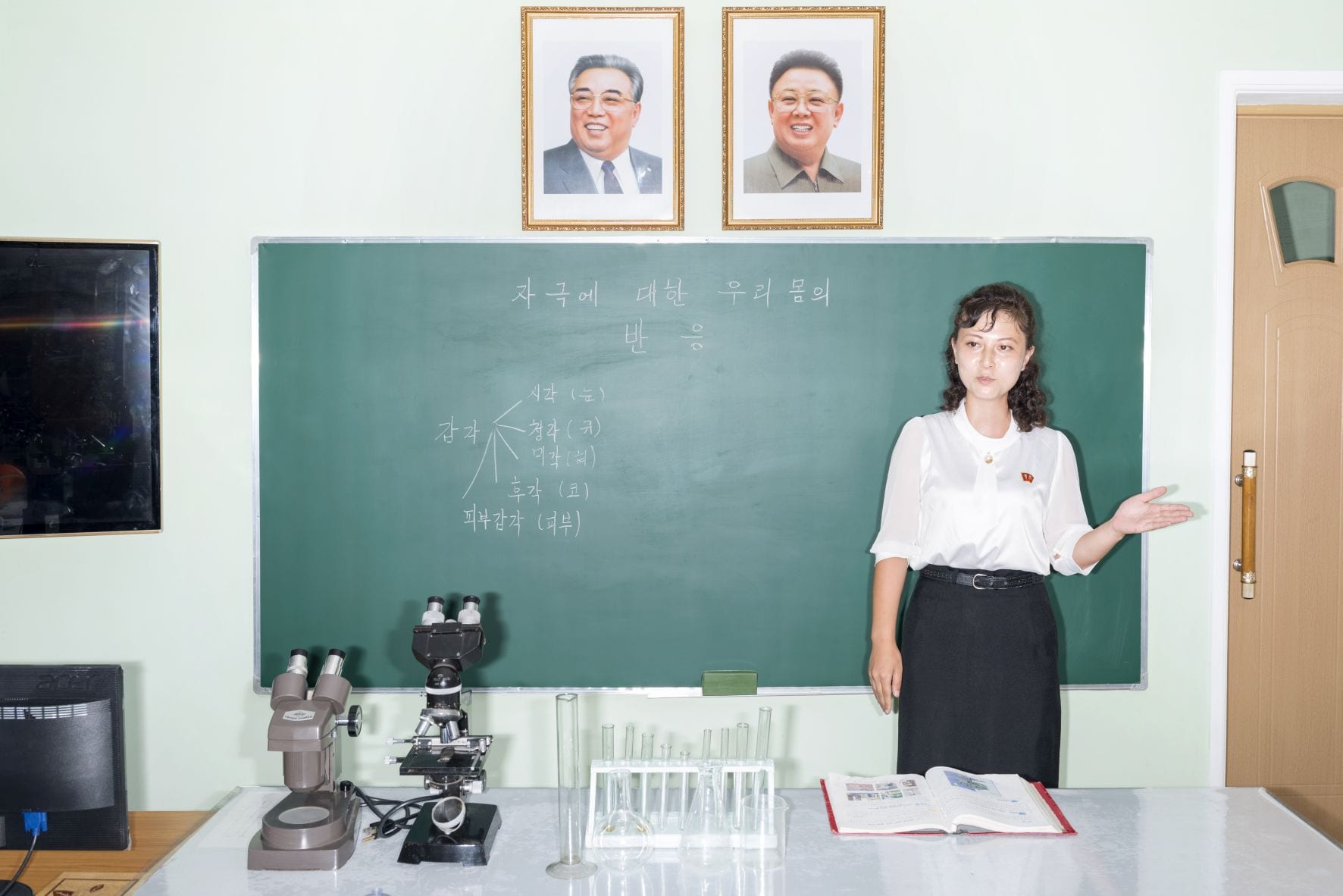
Belgian photographer Max Pinckers has won the prestigious Leica Oskar Barnack Award with his series Red Ink. He receives €25,000, plus a Leica M camera and lens.
Red Ink was shot in North Korea while Pinckers was on assignment for The New Yorker magazine, accompanying journalist Evan Osnos on a four-day trip in August 2017 – the height of the propaganda war with the US. Pinckers’ access to the country was heavily stage-managed by the North Korean government, which carefully set up scenes for him to photograph. Knowing that this would be the case, Pinckers shot the images with a flash, creating a sense of the artificial that tipped the scenes presented to him into the surreal.